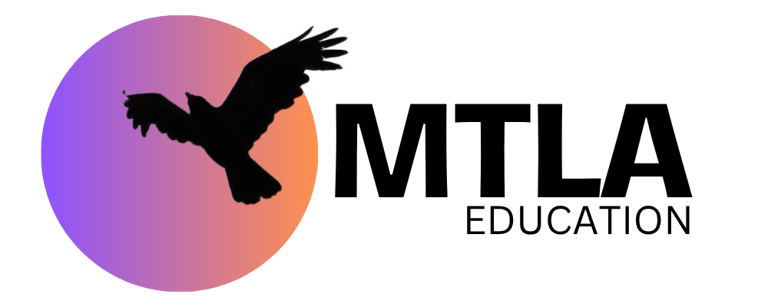What can I read?
When choosing Book Club, let us know which book you'd like to study, and into the world of imagination you will go...
Fiction
----
Download this guided reading unit pack, which contains seven engaging session plans based on the Twinkl Originals Stone Age themed adventure story, 'How to Skin a Bear'. Each activity plan focuses on a different reading skill from the key stage 2 content domains, with associated reading questions and deeper reading opportunities to challenge children's thinking. Each session pack also contains six suggested activities to match the 2014 national curriculum aims for year 3 English, covering SPaG (Spelling, Punctuation and Grammar), vocabulary and reading comprehension, as well as a range of more open-ended activities, including some that will support you to embed digital technology into your classroom practice. All activities are perfect for whole-class reading or for use in a guided reading carousel. Coverage of the curriculum aims is easily tracked using the documents in the assessment pack, allowing you to assess children's progress and achievement throughout the unit.
----
Reading lessons, comprehension and reading questions to support teaching on the chocolate-based story 'Charlie and the Chocolate Factory' by Roald Dahl. It is designed for Year 3 to meet the reading objectives of the 2014 National Curriculum. Lovely cross-curricular links to food, machinery, family, poverty, greed and PSHCE.
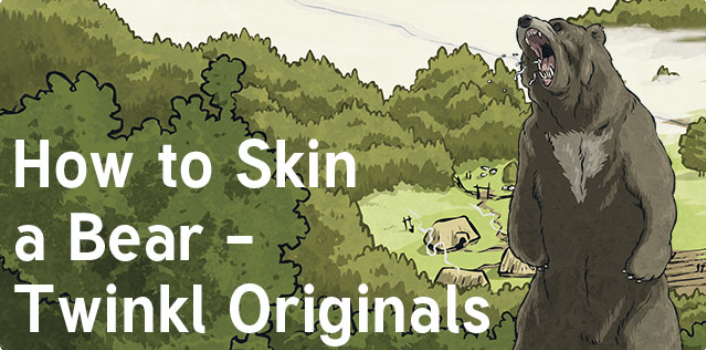



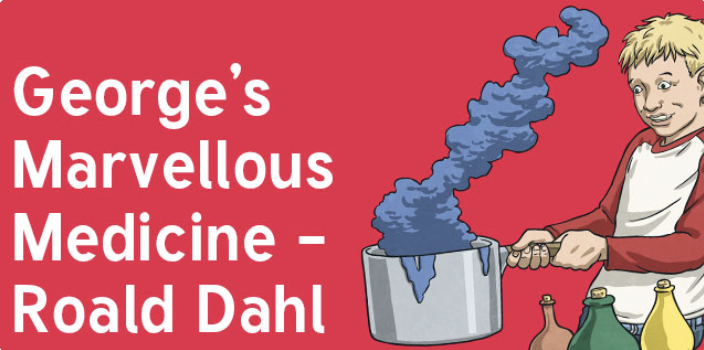

----
In the popular children’s novel ‘George’s Marvellous Medicine’ by Roald Dahl, a boy called George tries to concoct a medicine for his bossy and unkind grandmother to make her a nicer person.
This marvellous collection of lesson packs has been designed to support guided reading of Roald Dahl’s ‘George’s Marvellous Medicine’ with your Year 3 class. This popular children’s classic is an ideal text for helping children develop their reading skills.
Fairytale
Classic
Classic
----
Reading about rocks? Need to know more about minerals? With the help of these four fabulous guided reading lessons, you can enable your KS2 children to cover science and geography content through reading comprehension. These rocks and minerals lessons were specifically created for use alongside the book 'Rocks and Minerals' by Caroline Bingham. The book itself was specially developed for children aged five plus to learn about rocks and minerals. It includes amazing photography alongside clear explanations and subject-specific vocabulary. Make rocks and minerals lessons accessible and engaging for your young readers and help them to discover more about the treasures beneath their feet!
The scientific and geographic content covered in these four rocks and minerals lessons includes:
Why rocks and minerals are important.
Where rocks and minerals can be found.
Different types of rocks and minerals.
The difference between stalactites and stalagmites.
What commonly found minerals are used for.
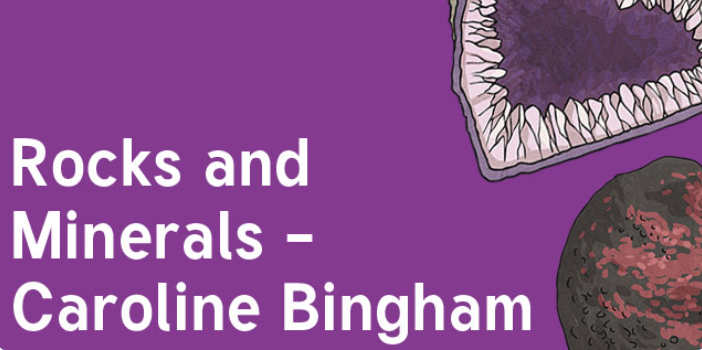

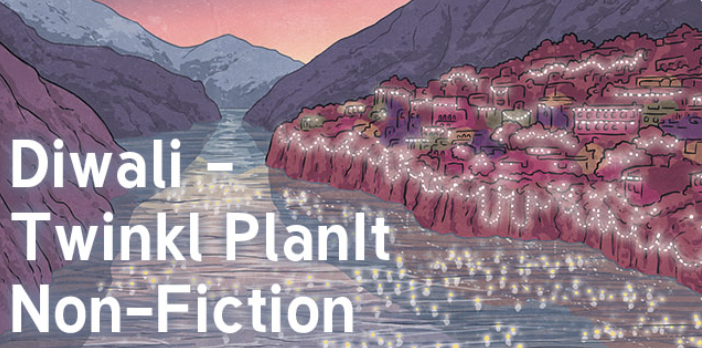

----
Whole class or carousel reading lessons, comprehension and reading questions to support teaching on ‘Celebrating Diwali’. It is designed for Year 3 to meet the objectives of the 2014 national curriculum.
Non-Fiction
Science and Culture based
On route to success...
What should your child know by the end of year 3?
Year 2 marks the final year of key stage 1. As such, the DfE has outlined a number of goals for children to hit by the end of this important school year. Some of the goals relating to reading are as follows:
By the end of year 2, all children should be able to...
Read accurately by blending the sounds in words that contain the graphemes taught so far;
Read accurately words of two or more syllables that contain the same graphemes as above;
Read words containing common suffixes; and
Read further common exception words, noting unusual correspondences between spelling and sound.
Check Availability
Sign me up!
What happens now?
You've found a book you like!
Check your teacher's calendar to set up a meeting and start classes!


What We do
Who WE ARE
Subscribe to our newsletter
